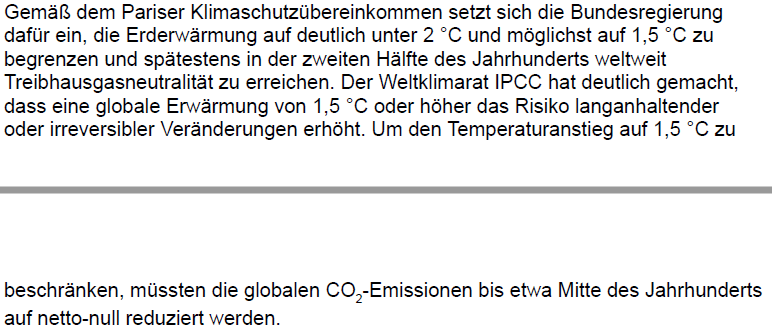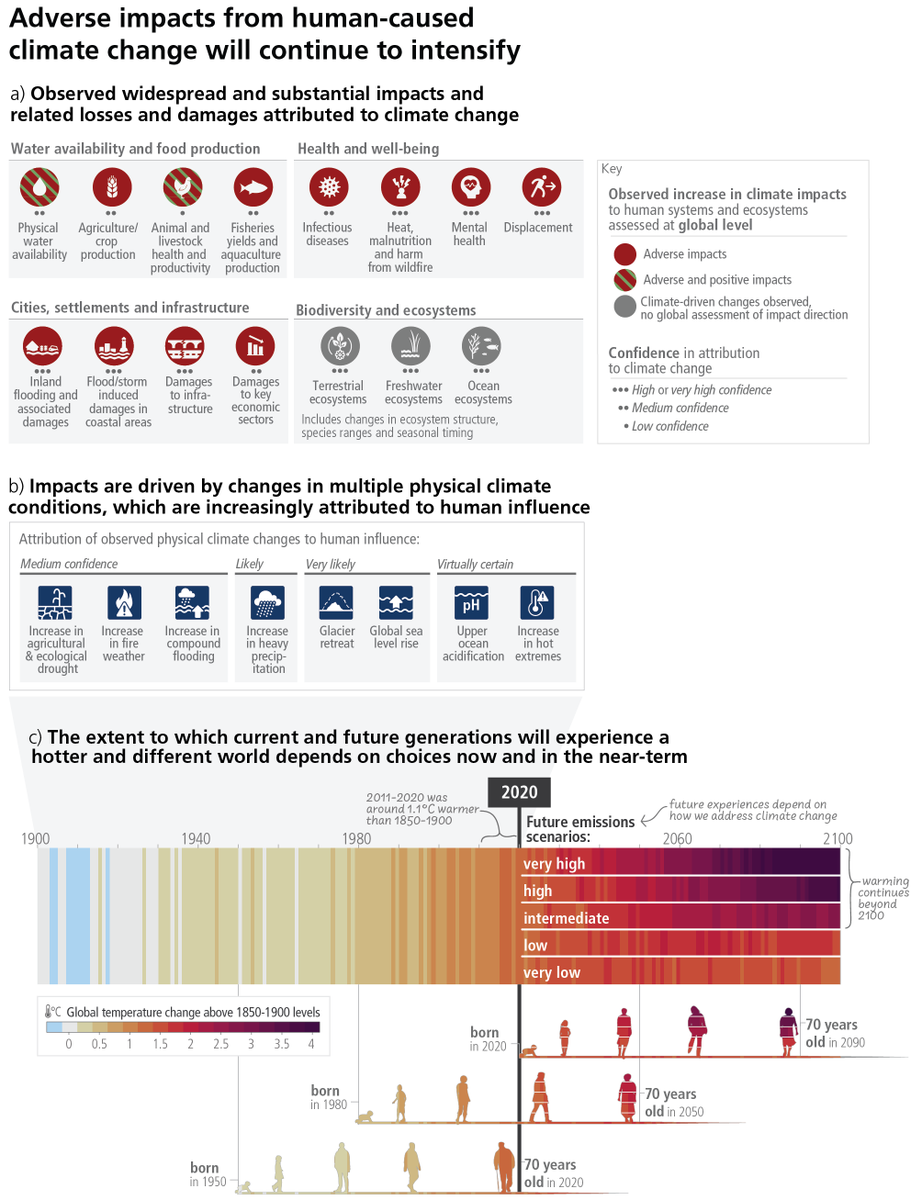die Frage ist nur, welche Konsequenzen daraus für Deutschland folgen...
Soll man sofort ein Klimaneutralitätsziel 2050 beschließen, oder erst/nur dann Treibhausgas-Neutralität bis 2050 anstreben, wenn sich die gesamte EU darauf geeinigt hat?
Soll man sofort ein Klimaneutralitätsziel 2050 beschließen, oder erst/nur dann Treibhausgas-Neutralität bis 2050 anstreben, wenn sich die gesamte EU darauf geeinigt hat?

Wenn EU ein THG-Neutralitätsziel für 2050 beschließt wird sie auch ihr Klimaziel 2030 verschärfen müssen. Daraus folgt faktisch auch für Deutschland eine Verschärfung bis 2030, über höheren linearen Reduktionsfaktor im EU-Emissionshandel und höheres nationales Effort-Sharing-Ziel
Welche Maßnahmen das #Klimakabinett morgen auch immer verkündet, sie werden sicher nicht ausreichen, um ein 2030-Ziel >55% zu erreichen. In absehbarer Zeit wird dann nachgesteuert werden müssen
swp-berlin.org/en/publication…
cleanenergywire.org/news/german-cl…
swp-berlin.org/en/publication…
cleanenergywire.org/news/german-cl…
Man fragt sich schon, wie @FridayForFuture darauf kommen, die Umweltministerin würde "Paris ignorieren"...
Zum Erreichen des Paris-Ziels "1,5 bis <2 Grad" müssen laut IPCC global Netto-Null-Treibhausgasemissionen zwischen 2067 und 2100 erreicht werden
Zum Erreichen des Paris-Ziels "1,5 bis <2 Grad" müssen laut IPCC global Netto-Null-Treibhausgasemissionen zwischen 2067 und 2100 erreicht werden
https://twitter.com/FridayForFuture/status/1174682073745022978
@FridayForFuture Es ist politisch vollkommen legitim, für Deutschland oder die EU Netto-Null Emissionen bis 2035 zu fordern. Aber es ist eben nicht so, dass "die Wissenschaft" festgestellt habe, es müsse so sein.
swp-berlin.org/publikation/kl…
swp-berlin.org/publikation/kl…

• • •
Missing some Tweet in this thread? You can try to
force a refresh

















